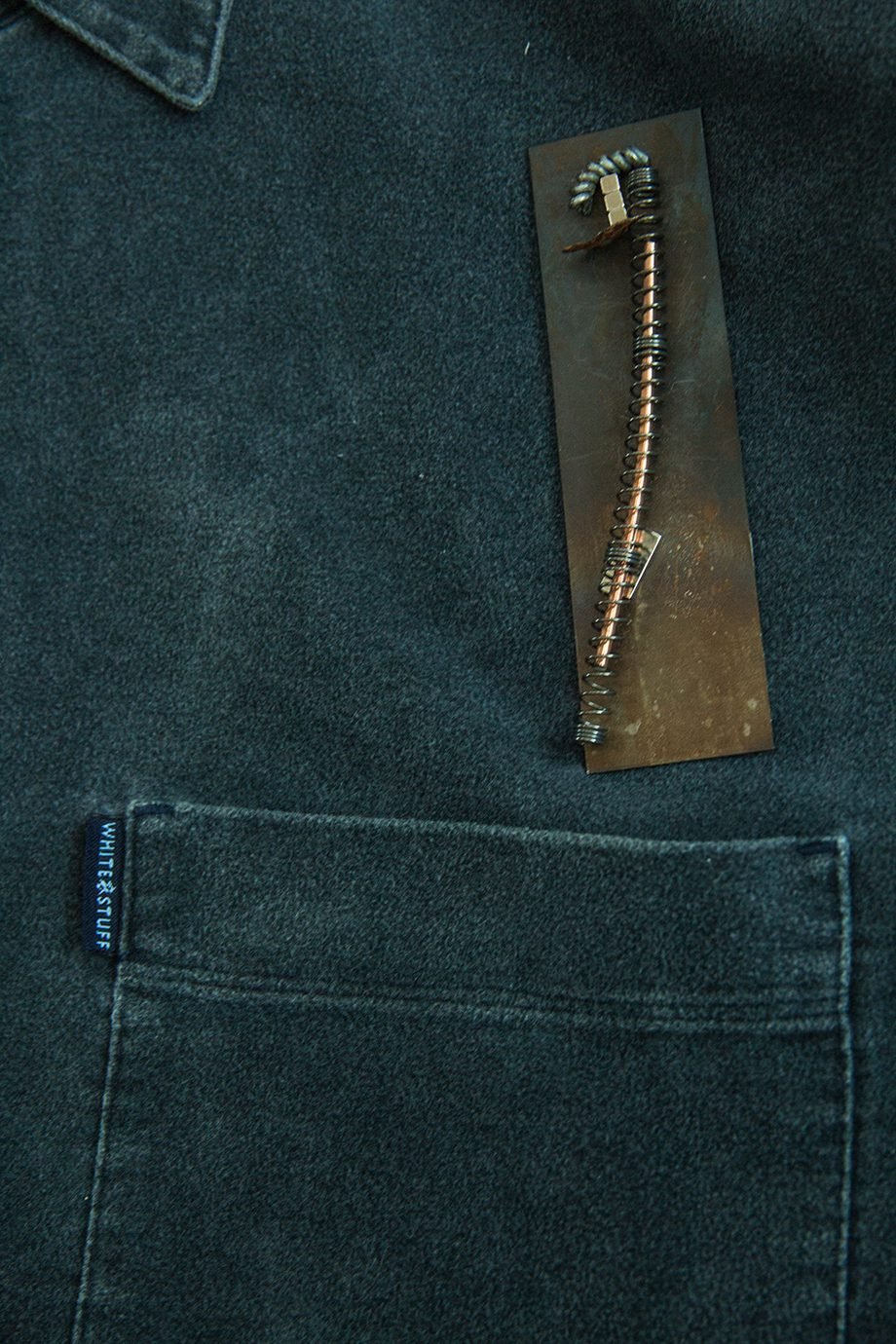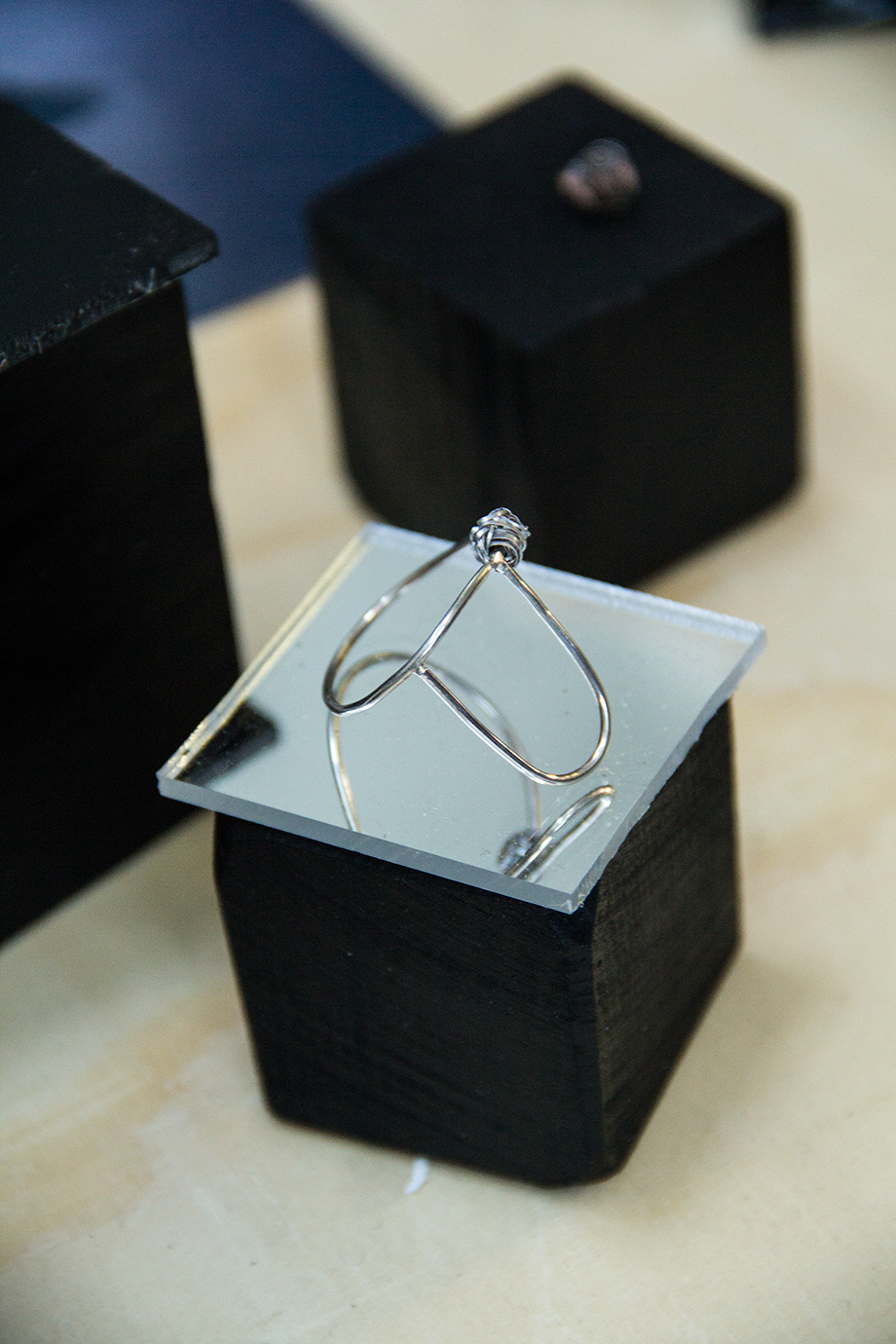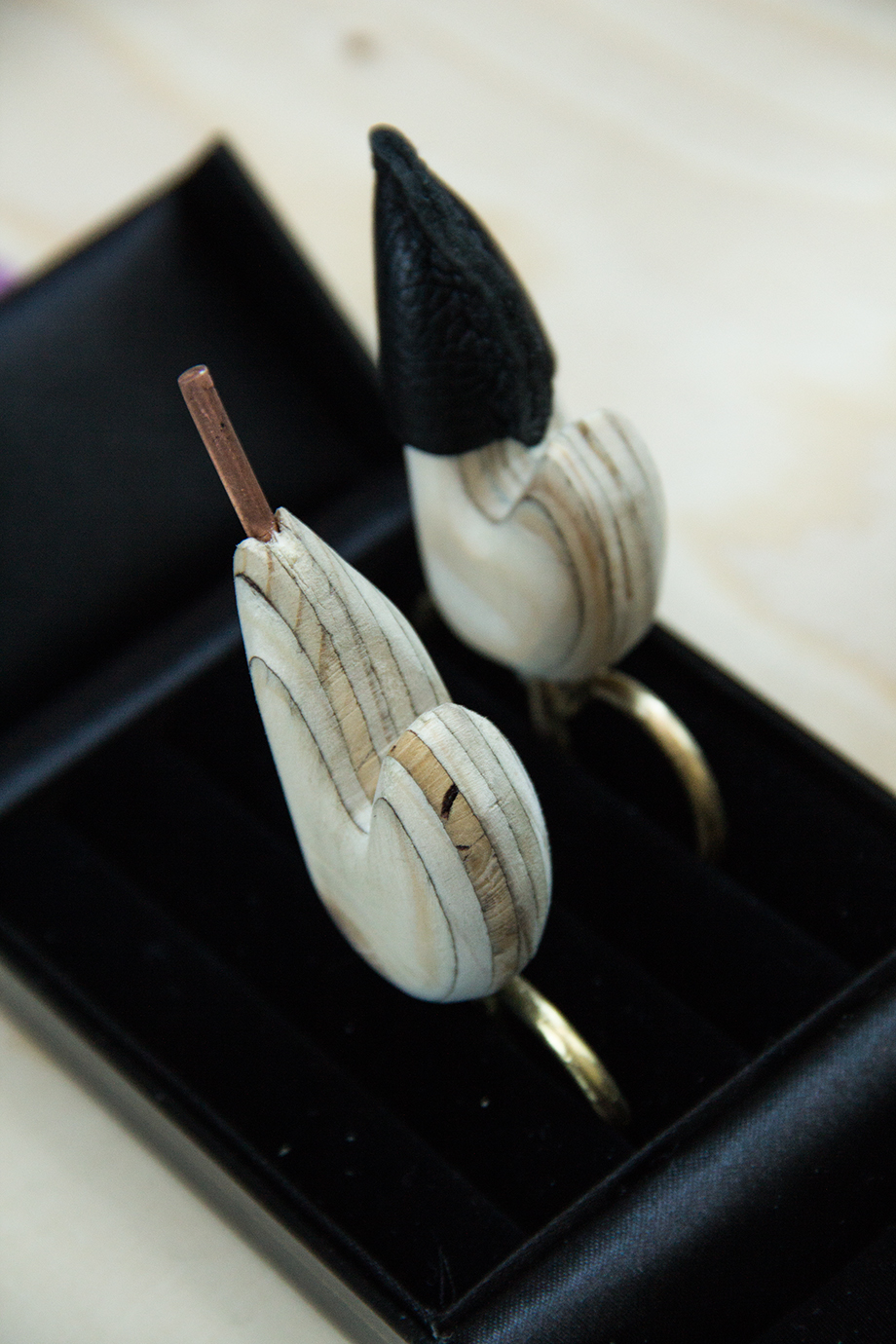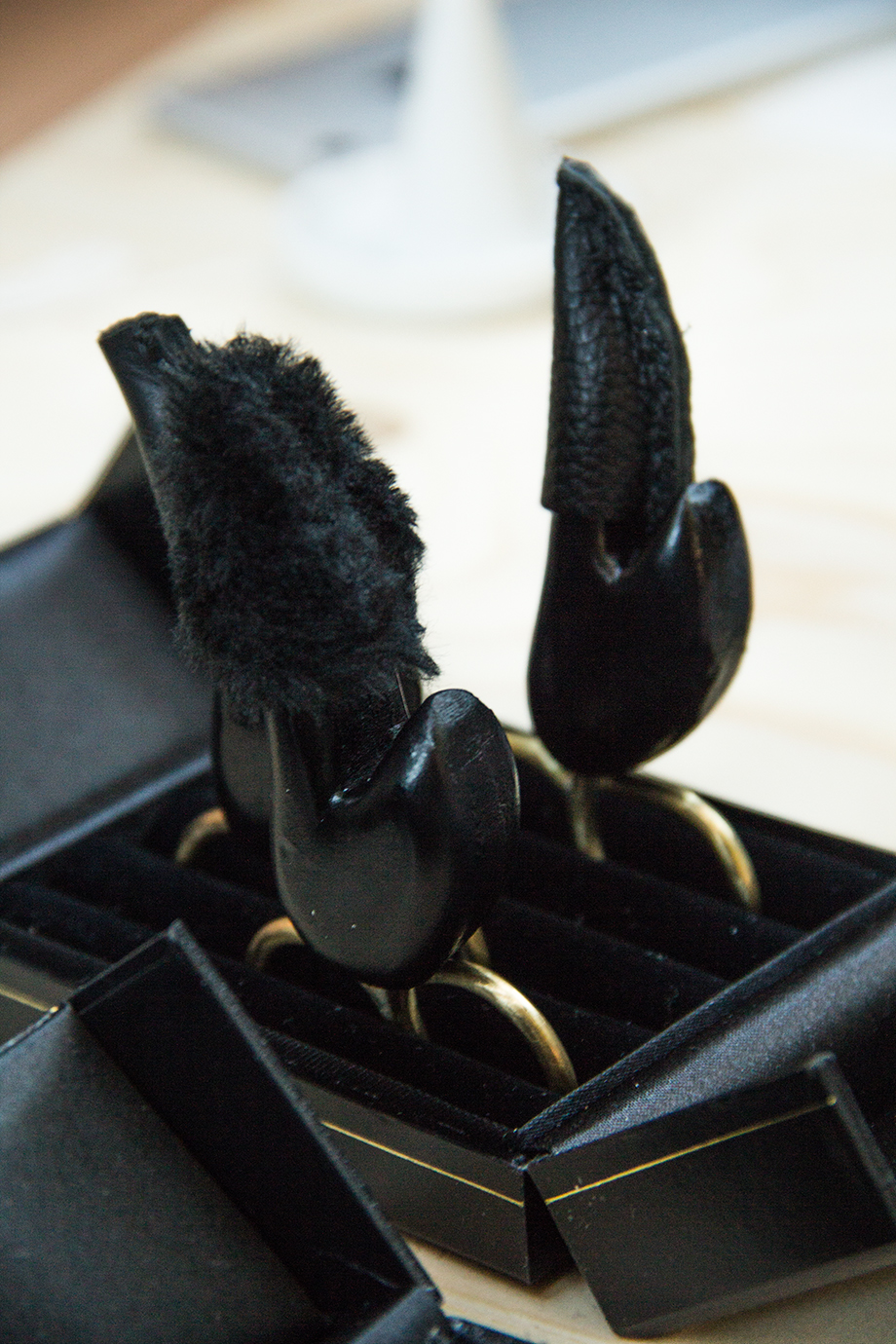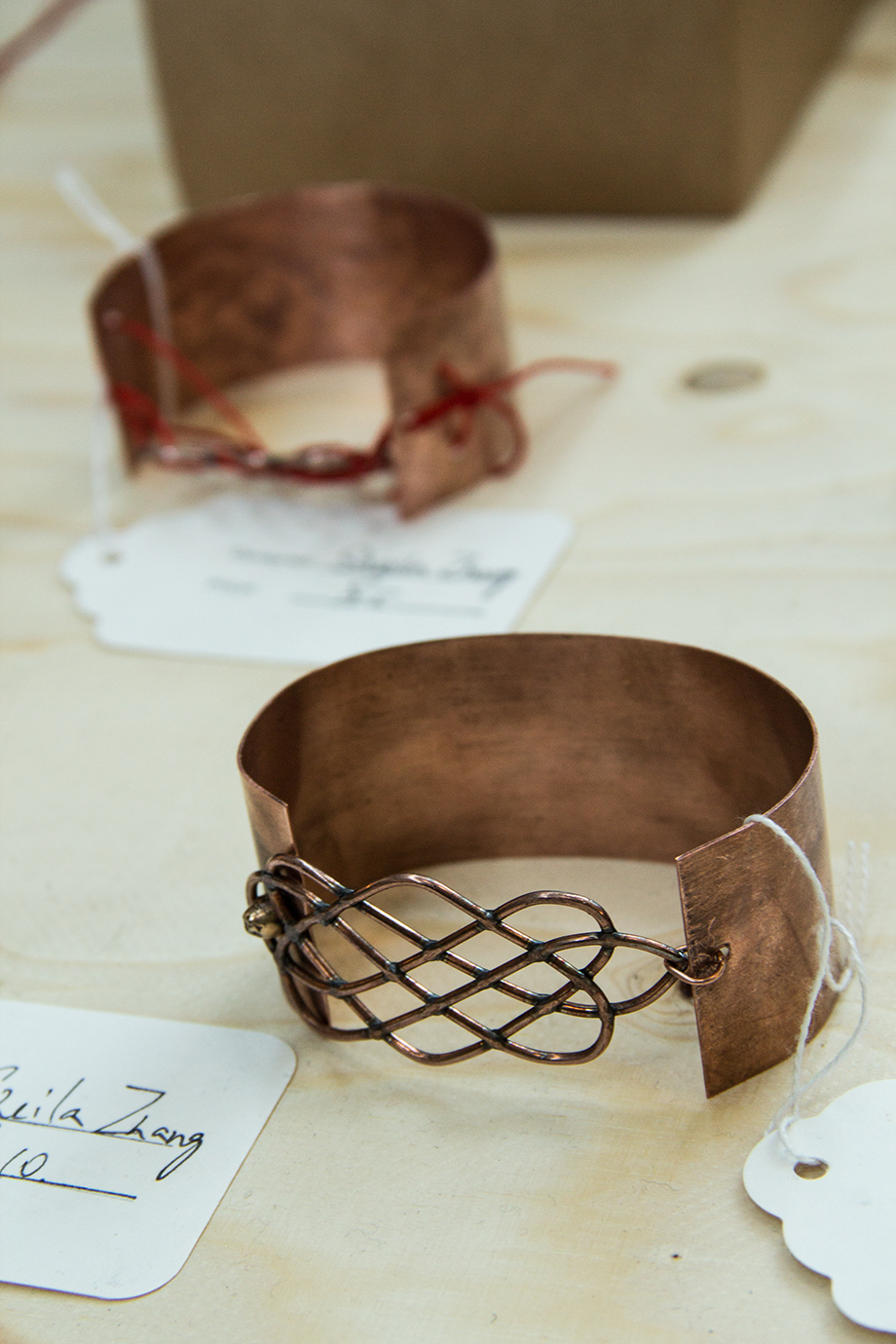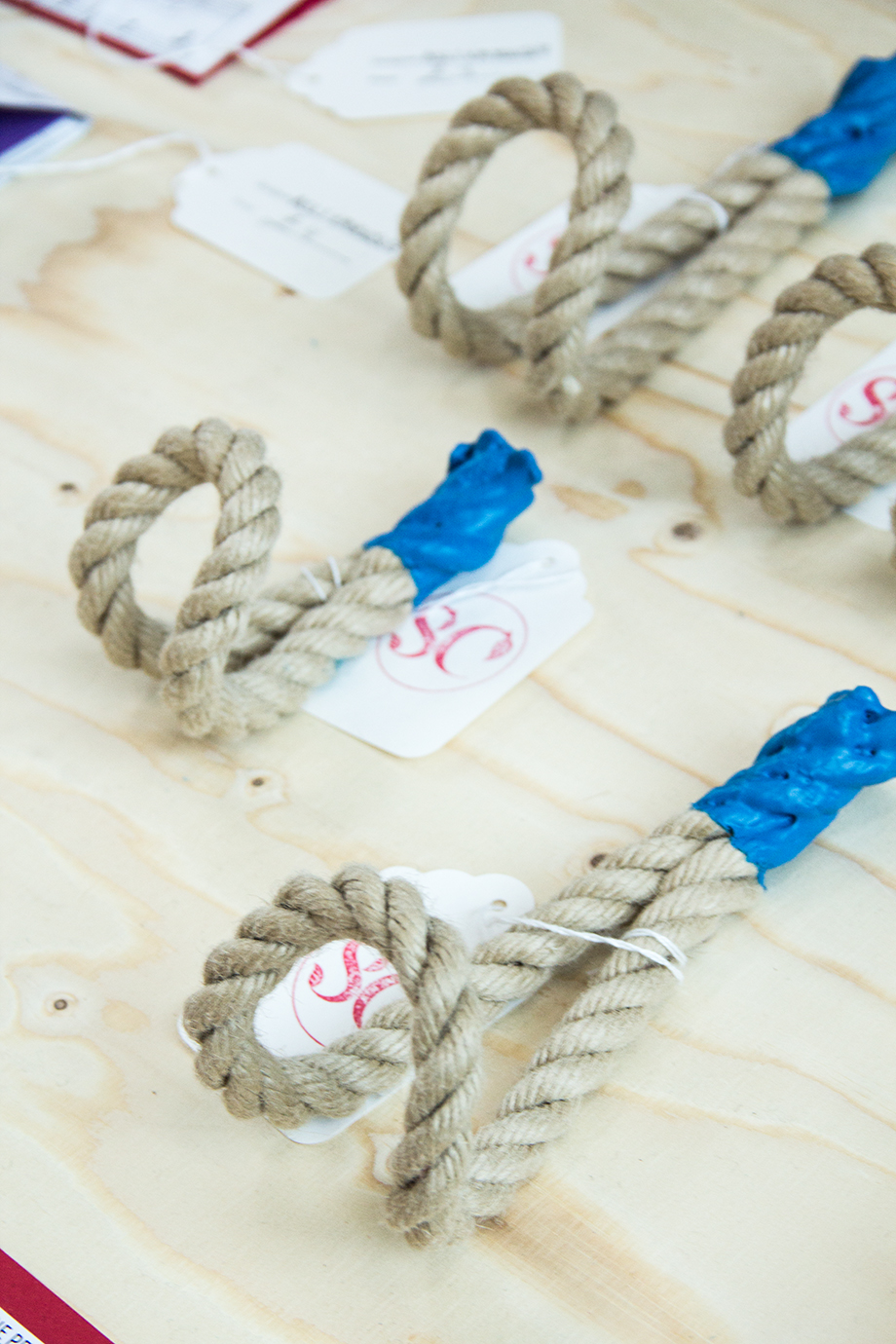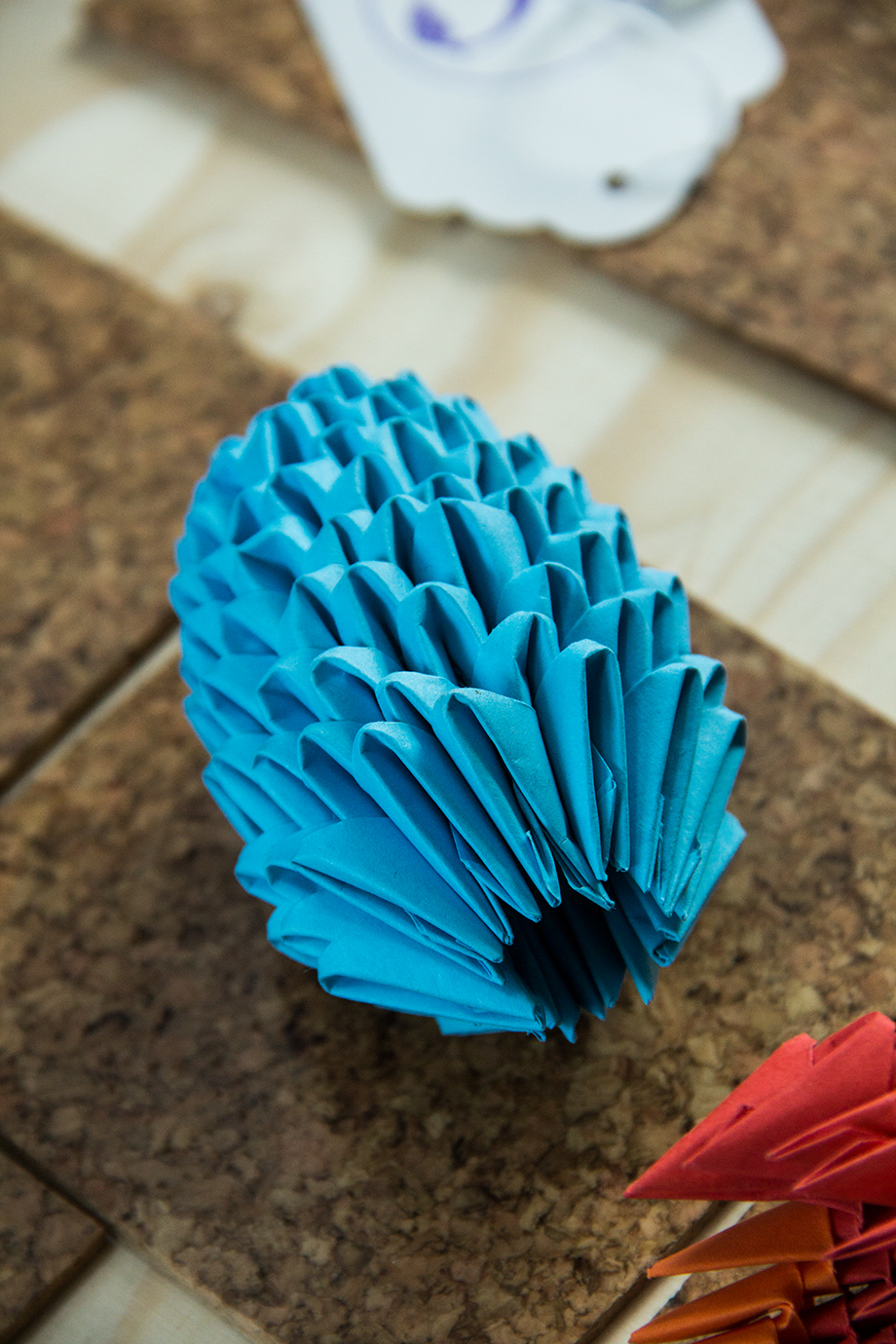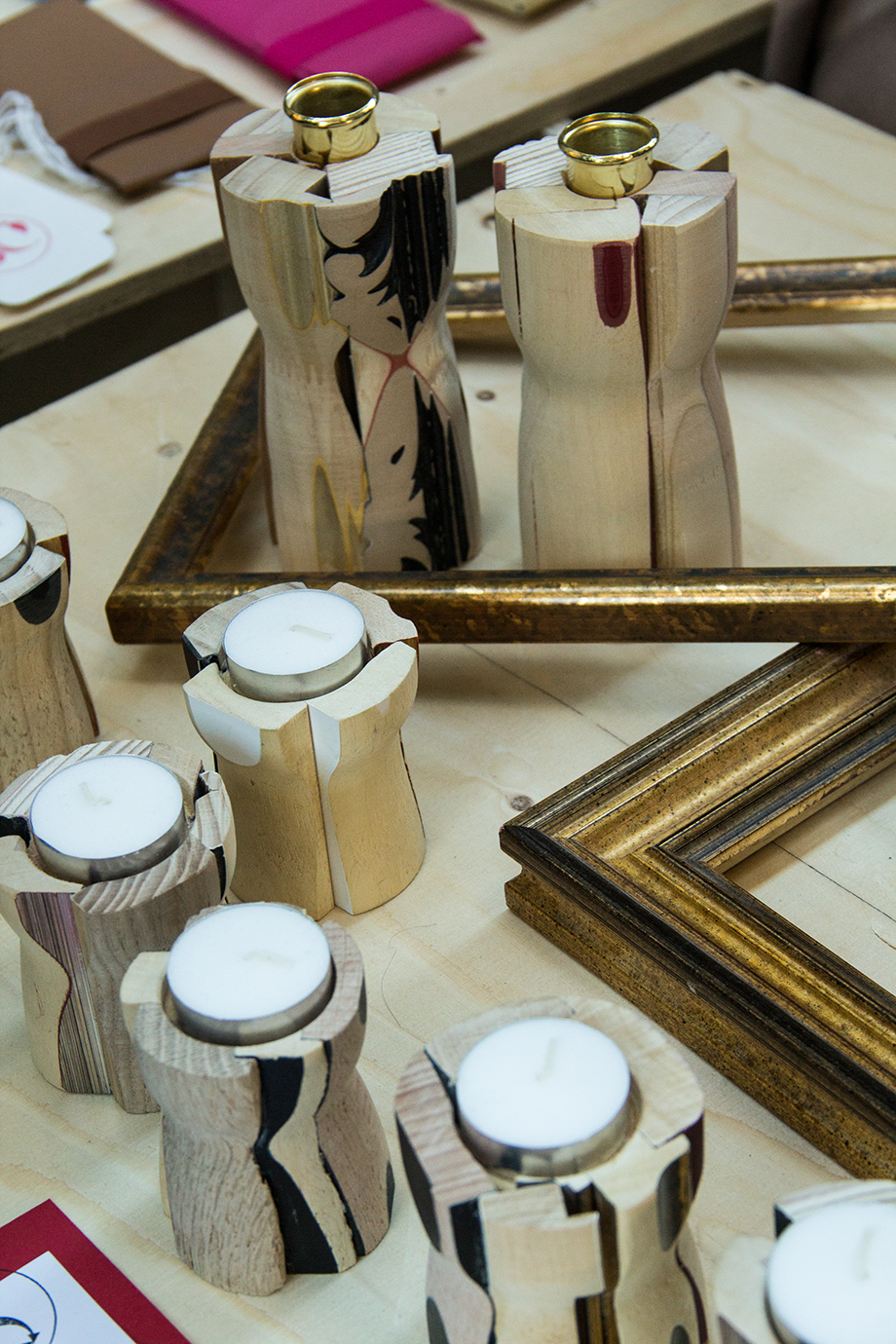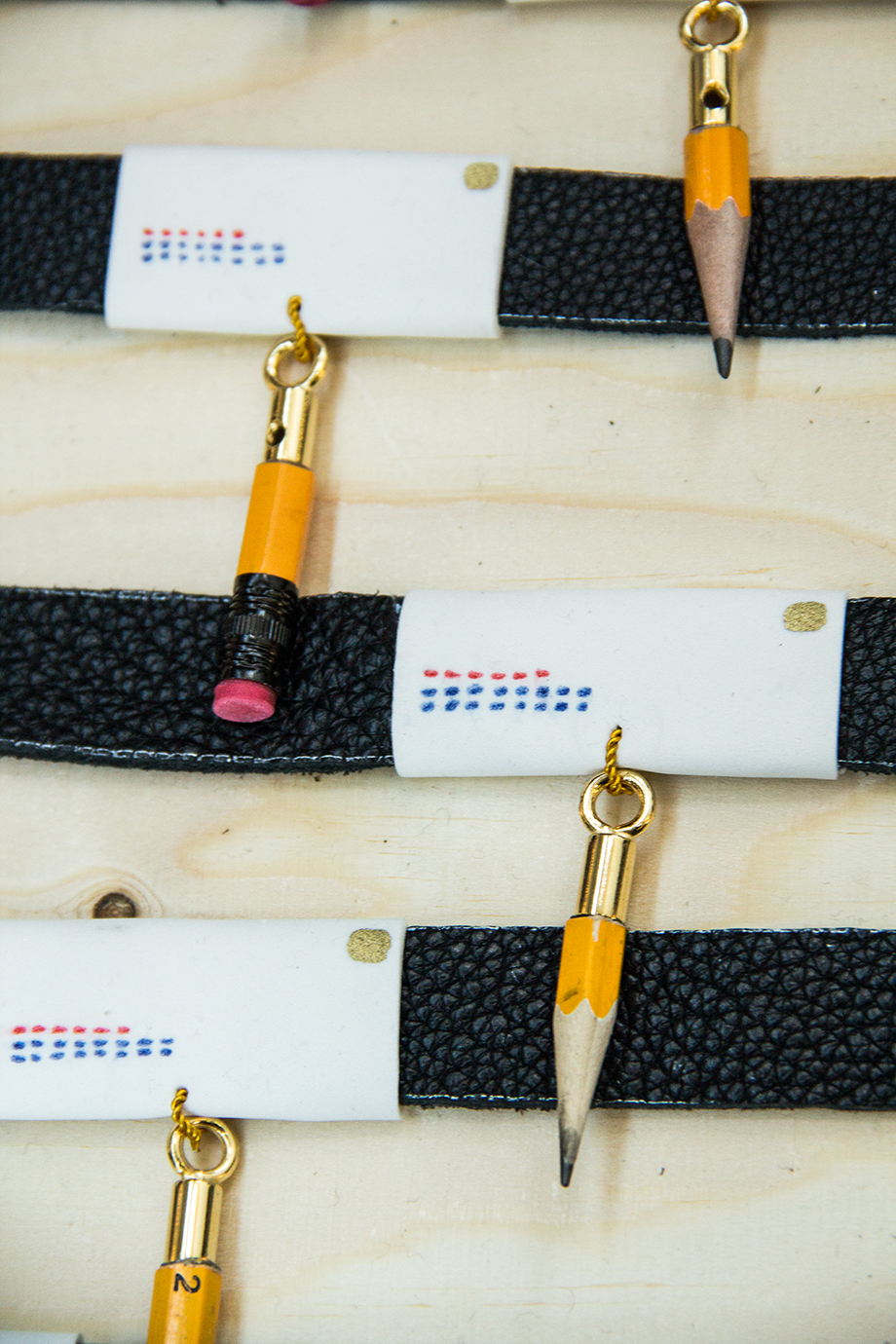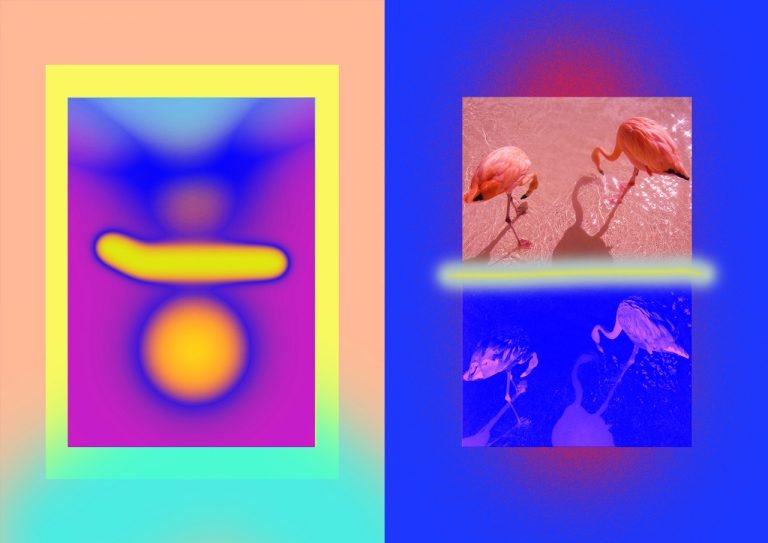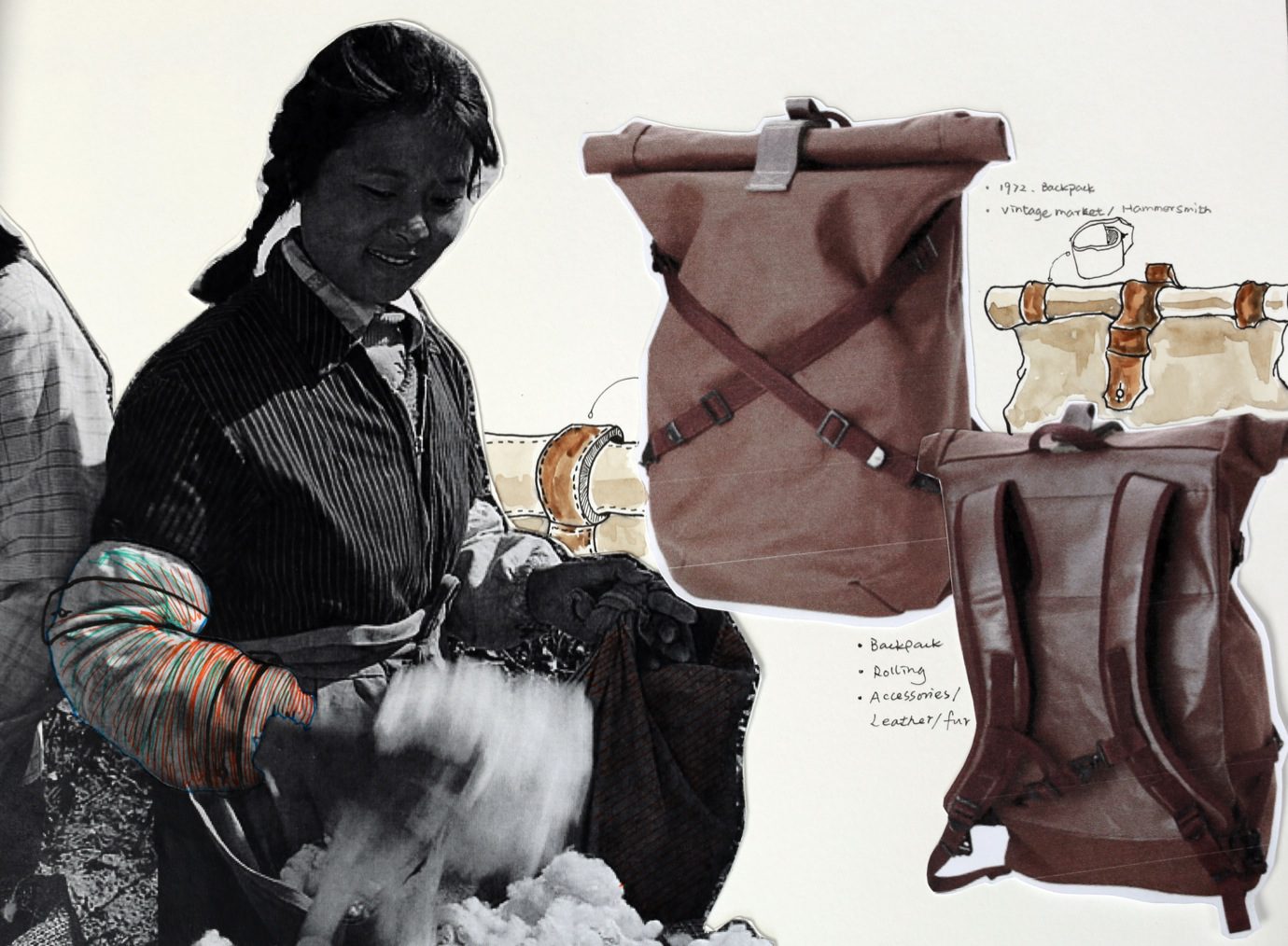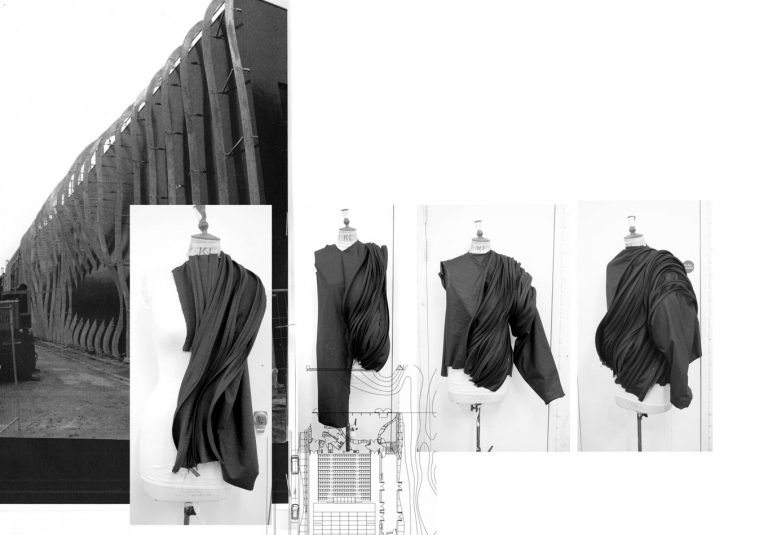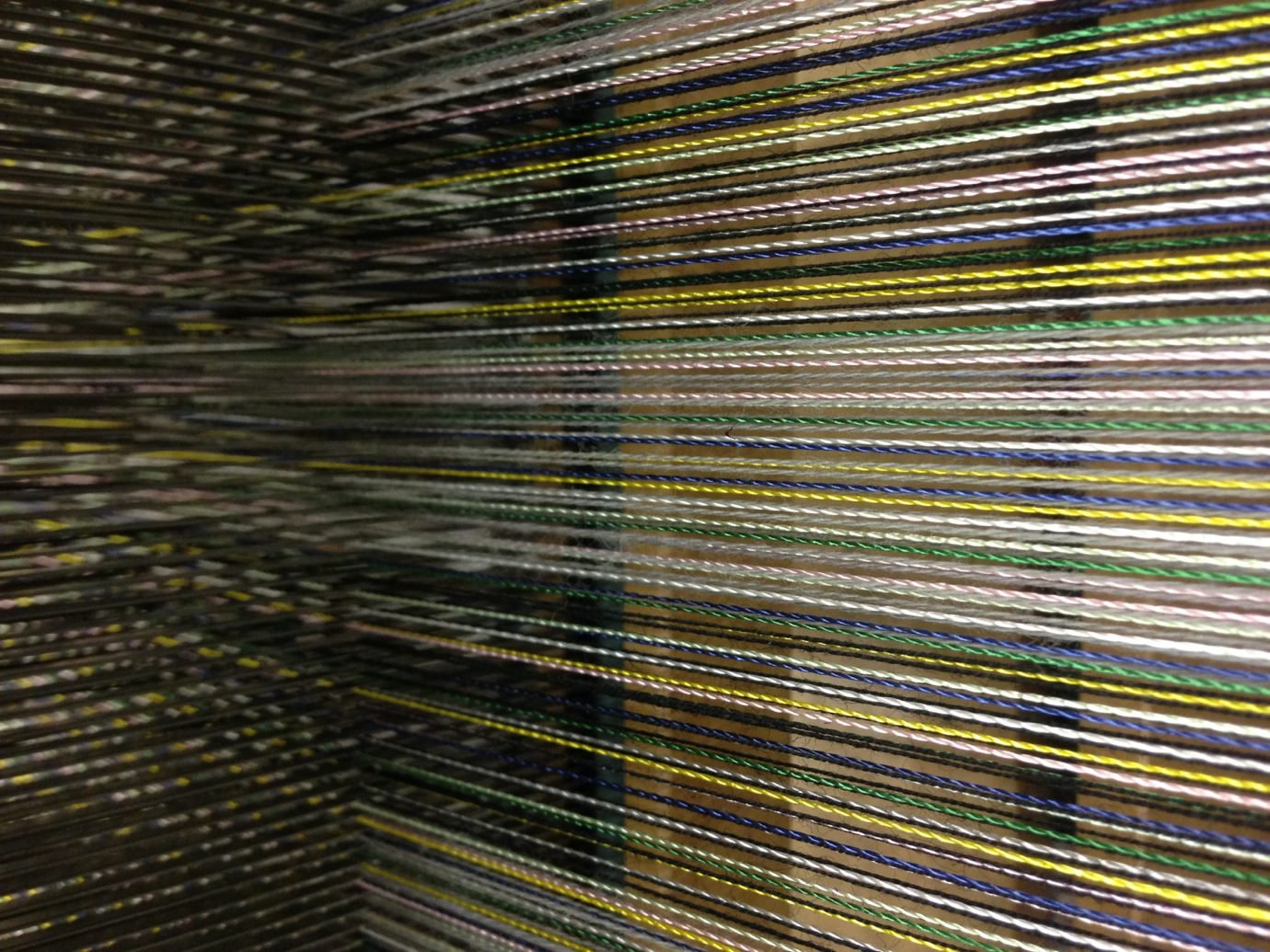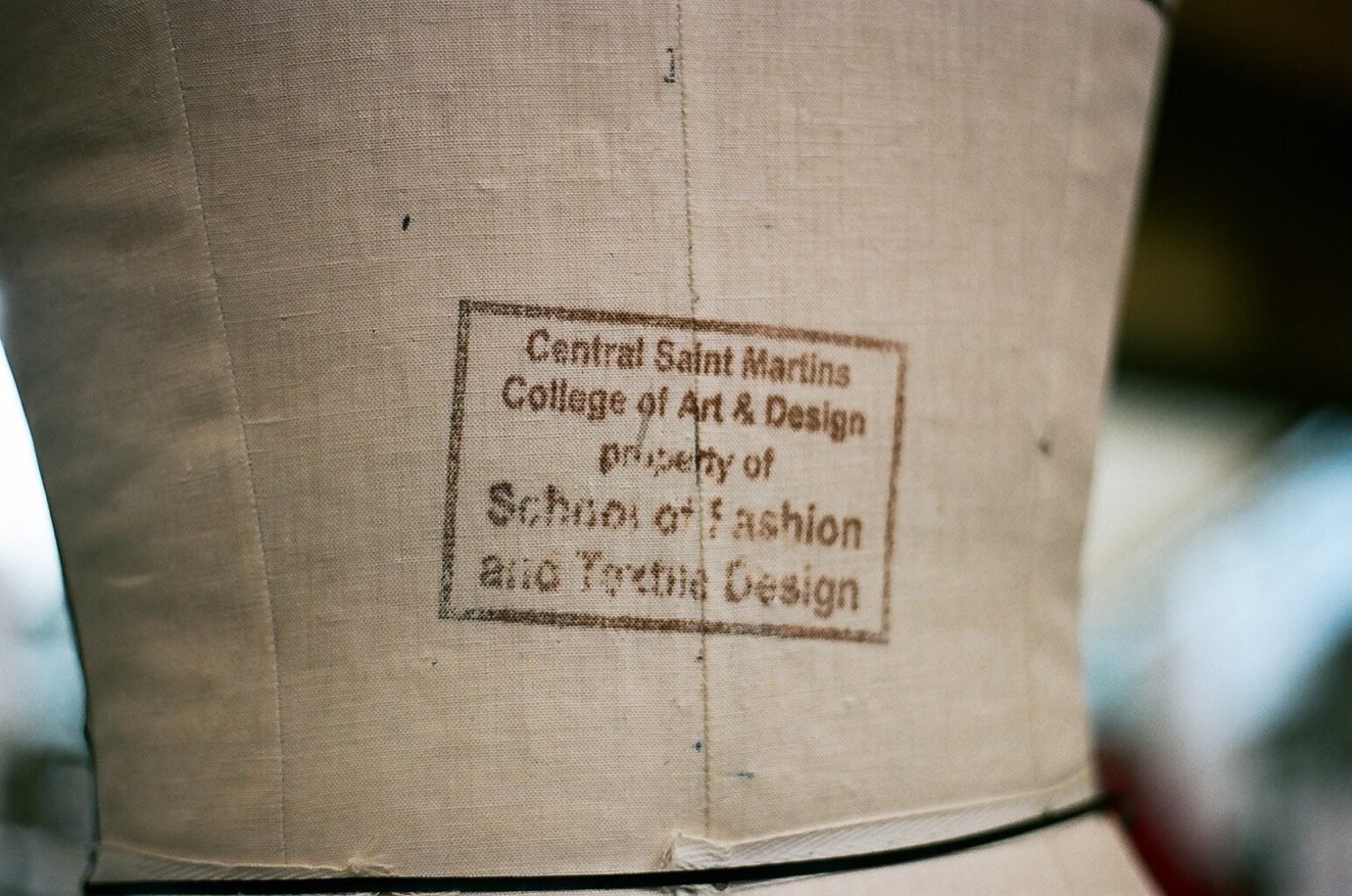Furthermore, the event sought to explore how product design can be eco-friendly. The endeavour for sustainable design has long been encouraged by tutors on the 3D design pathway, providing students with a real design challenge, as well as changing their views on sustainability and creating new meanings for it. When asked about the location choice, Lou-Elena explains: “Last year the fair took place in The Street at CSM, whereas this year, we used The Crossing: this made both public access easier, whilst allowing us to use a space more freely. It also meant being in a public place where anyone could come and go, not having to enter the university, which some may find a bit intimidating.”
Constantly living and working within an artistic environment can sometimes isolate one from reality. Last week, 3D Design Foundation students organised the “Small Change Fair”, to expose young designers’ work to a variety of buyers, who may not necessarily be active in the arts industry. Lou-Elena, one of the fair’s organisers stated that: “The feedback we got from the public was incredibly enriching. Students are so used to being surrounded by artists at CSM, that having your work reviewed by someone who isn’t exposed too much to art, is almost frightening! What if they find it absurd, or just really not compatible to real life situations? The emphasis on conceptuality and creativity at CSM on foundation level, can often make us forget that we’ll ultimately have to apply all of this to real-life situations. Being confronted with the ‘actual world’ was an amazing reminder that we always have to link our work back to the outside world.”
Presented in the familiar format of a small, local Sunday fair, the “Small Change Fair” represents the result of a long design process of thinking and experimenting. The small change that lies behind all the students’ crafts, is the difference they made by using second-hand or waste materials. Some of them took it even further, Noah used waste materials to create tools, helping buyers fix their broken objects rather than simply throw them away. “My project combined disused woodwork tools and pieces of furniture to revalue them. It also demonstrated the cyclical sustainable process whereby my tools were made through a ‘domino effect’, and will be used by an owner to continue the sustainable process of fixing and making,” he explains, highlighting how recycling items was a key theme of the event. Ekaterina also explains: “The response of buyers who are not involved in the arts world is really important”, while Yijia added, “and the aesthetic of the product is not to be forgotten by focussing on the eco-friendly aspect only!”
Despite not everyone’s products selling, all the students were happy with the overall outcome of the fair: they were given the chance to experiment and experience the competition they will face in their future, not just at Central Saint Martins, but in the arts industry.

